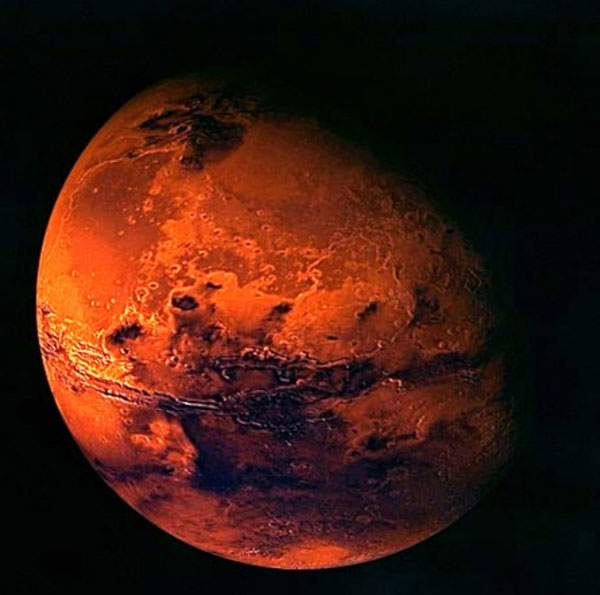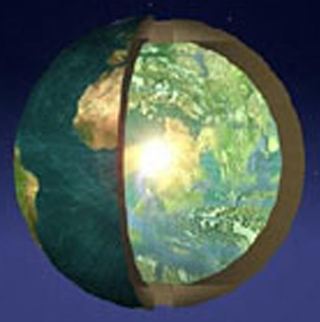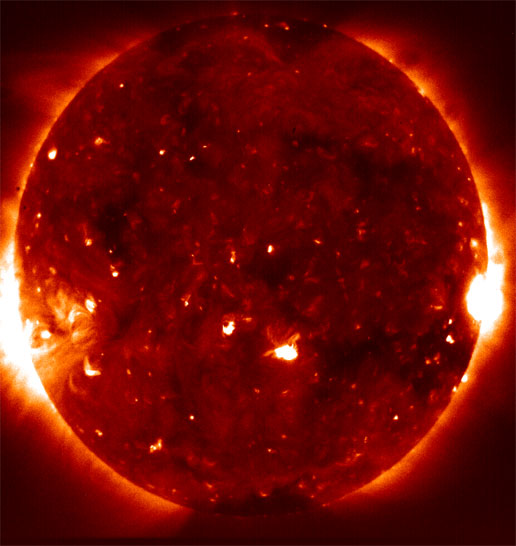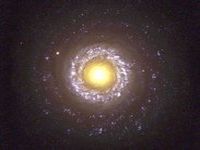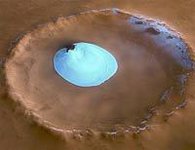Home » Astronomy
Terrestrial bacteria can live on Mars
Can there be life on Mars, at least in the form of micro-organisms? Scientists have not been able to answer this question clearly. What if they could do the opposite – simulate “Martian” conditions for terrestrial bacteria in a laboratory and see if they survive? Such an experiment was designed by a group of researchers from the University of Padua (Italy).
Once, Soviet astronomer...
Iran plans to send monkey to space
Kavoshgar 4 (Explorer 4) satellite carrier.
Head of Iran Space Agency (ISA) Hamid Fazeli says the country plans to send a live monkey into space onboard the country’s domestically-made Kavoshgar 5 (Explorer 5) satellite carrier.
“Kavoshgar 5, with a weight of 285 kg, will blast off into space with a living creature (a monkey) in the next Iranian calendar month (that begins on July 23),” IRNA...
New 'Little Ice Age' underway
The Earth will enter a new 'Little Ice Age' due to low sunspots.
American researchers say sun spot activity will start to recede in the next two years leading the Earth towards a new ‘Little Ice Age’ in the coming years.
Three separate studies conducted by scientists of the American Astronomical Society’s solar physics division say solar activity will start to recede after...
Iran puts second satellite into orbit
The Islamic Republic of Iran successfully launches its second satellite christened Rassad (Observation) into the earth’s orbit.
The satellite, which is the country’s first such imaging device, was launched by the Safir-e-Rassad satellite carrier on Wednesday thanks to Iranian aerospace scientists and experts’ endeavor, IRNA reported.
Despite its 15.3-kilogram weight, which puts it...
Parallel world hidden inside Earth
It seems that scientists find more and more evidence to prove the existence of parallel worlds. Physicists at Stanford University managed to calculate the hypothetical number of universes that were formed as a result of the Big Bang. According to them, the Big Bang created 101016 universes. It is quite possible, though, that they may exist inside one another, including our planet. Therefore, there...
Russians may be the first to reach the Sun
Despite the fact that the Sun is our “native” star, to date no one has been able to examine it at a close range. Now helio-physicists of several countries are working to create devices that would allow them to approach the sun as close as possible and study the processes taking place there. It is possible that the first solar probe will be launched in Russia.
The idea of sending...
Scientists Detect Earth-Equivalent Amount of Water Within the Moon
Scientists at Brown University found super-tiny melt inclusions in lunar soil samples that opened the door for measurements that revealed the magnitude of water inside the moon.
There is water inside the moon so much, in fact, that in some places it rivals the amount of water found within Earth.
The finding from a scientific team including Brown University comes from the first-ever measurements of...
Astronomers Unveil 3D Map of Our Universe Containing 43,000 Galaxies
Astronomers Unveil Most Complete 3D Map of Local Universe. Click on the image to enlarge it.
The image to the right is the most complete map of our local universe to date. It took more that ten years to create, has 43,000 galaxies (the universe contains billions if not even trillions of galaxies) and extends out 380 million light years from the earth. The 3D coordinates of each galaxy was recorded...
New Skylab Discovered
The Hubble Space Telescope has recently managed to photograph a dwarf galaxy NGC 4214, located in the constellation Canes Venatici at a relatively short distance from the Earth – approximately 13 million light-years. Astrophysicists believe that a number of different characteristics of this object make it ideally suited for studying the evolution of stars.
The Constellation Canes Venatici is...
Horse discovered on Mars by Matteo Ianneo
Italian man, Matteo Ianneo has just discovered something new on Mars, this time is not a human face but an earthly animal. A giant drawing on the endless sands of Mars which resembles a horse. It can be found via Google Earth on Mars at the following coordinates: 29° 4’29.31″N – 60° 8’56.87″W. Watch the following images and let us know what you think.
Read More »
Third Martian Human Face Discovery by Italian Matteo Ianneo Revealed
Matteo Ianneo
On May 2nd, we have announced mr. Matteo’s second discovery while we were told that shortly afterward he will reveal us his third discovery which make things even more curious. Mr Matteo Ianneo is a 46 years old man from Italy who is interested in finding out some answers about these mysterious Martian faces. He is not claiming that there is currently life on Mars but instead he...
Shocking! Another Human Face discovered on Mars!
It was just few days ago that 46 year old Matteo Ianneo from Italy discovered a weird human face on Mars. Now he has contacted us to let us know that there are actually more of these faces on Mars, while he promises to reveal even more stunning details. This could alter the history of humans forever. If it is true, and it’s highly likely to be true because these images are from Google Mars,...
Human Face Discovered on Mars
Wow this is some find! It was sent to us from Matteo Ianneo in Italy. Bravo. Sure looks like a face to me. The coordinates, Latitude 33°12’29.82″N, Longitude 12°55’51.21″W, are confirmed and are found in the Google map of Mars.
Forty-six year old Ianneo says he is passionate about the riddles of Mars. He is from from the Puglia Region and the town of Cerignola (FG).
Ianneo...
Russia takes real action to counter space threats
By the end of the current year, Russia is expected to finish the establishment of air and space defense troops. According to General Lieutenant Oleg Ostapenko, the commander of space troops of the Russian Federation, the concept for establishing air and space defense troops has been approved.
The decision about the new type of troops was made by President Medvedev in 2010. In his Address to the Federal...
NASA discovers ice lake on Mars
Click on the image to enlarge it.
NASA scientists recently discovered an underground dry ice lake containing more carbon dioxide than originally thought. The trapped carbon dioxide is thought to have come from the planet’s atmosphere earlier in its history when it was conducive for life on Mars to exist.
“It really is a buried treasure,” said Jeffrey Plaut, a scientist of the NASA...
